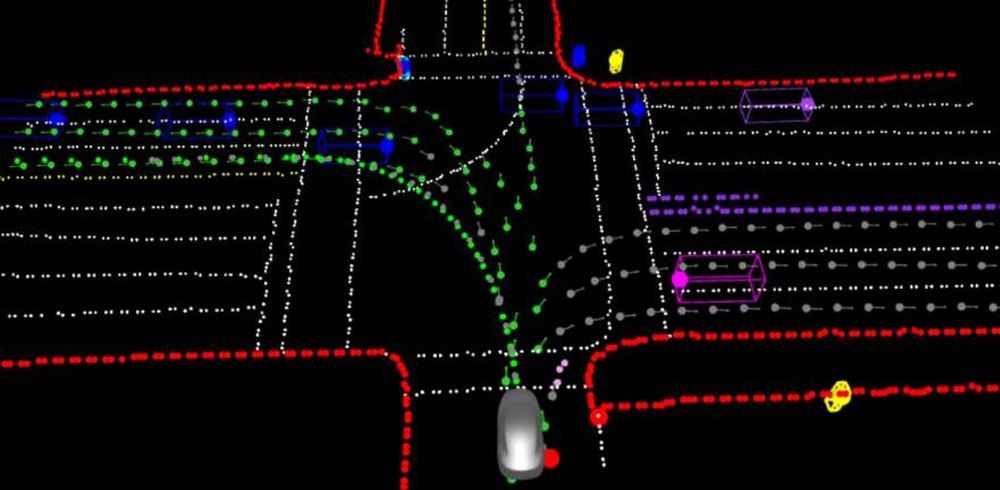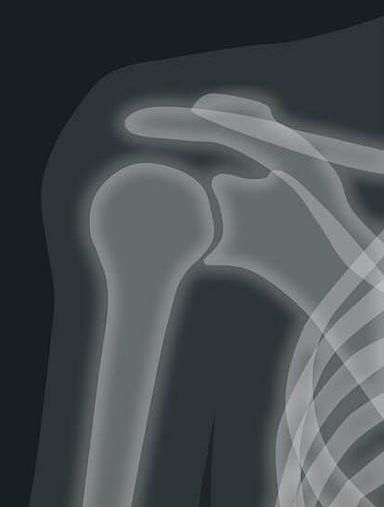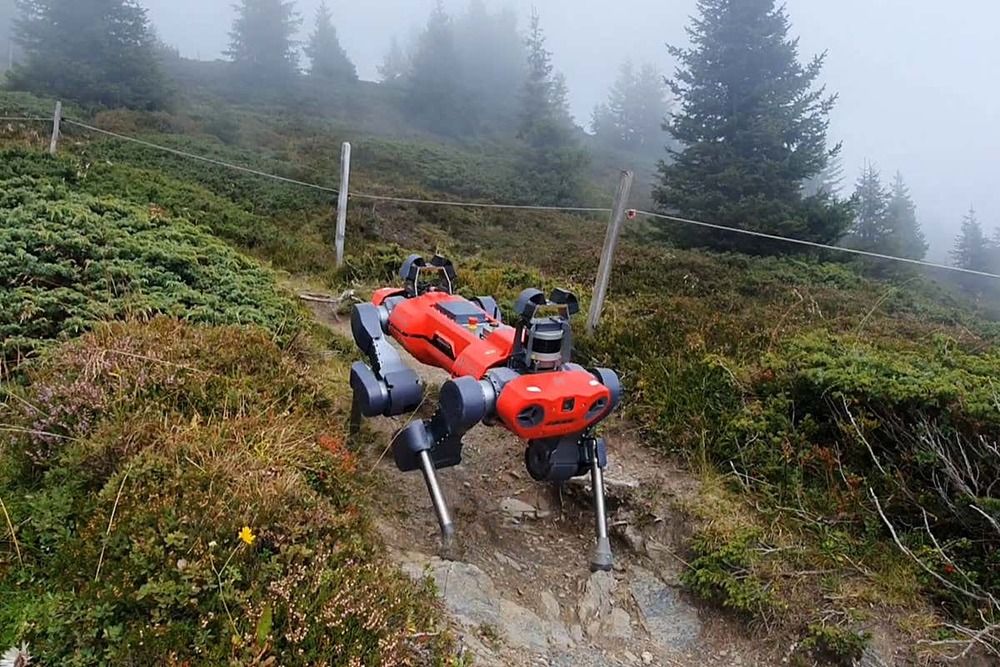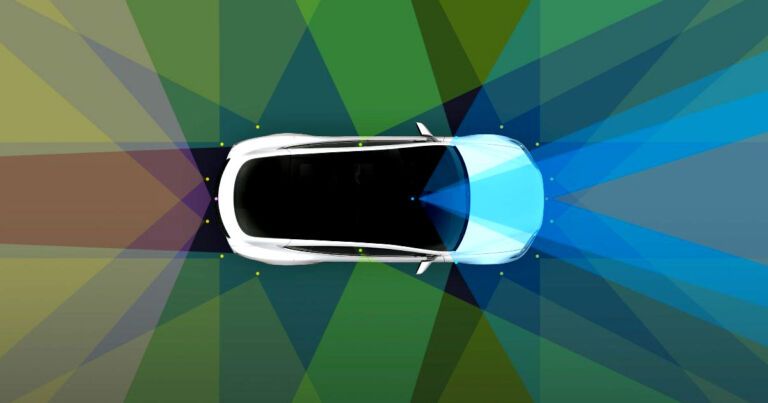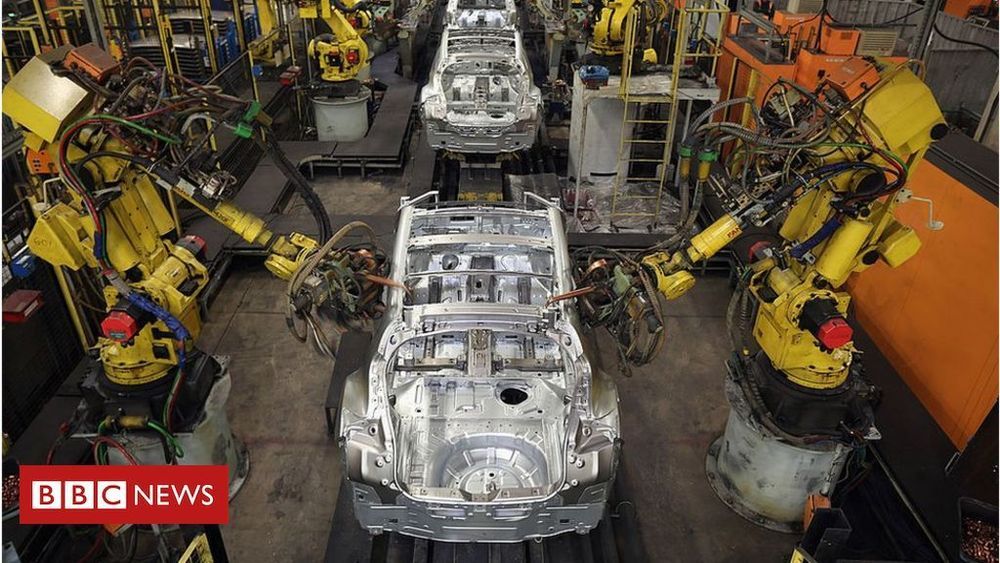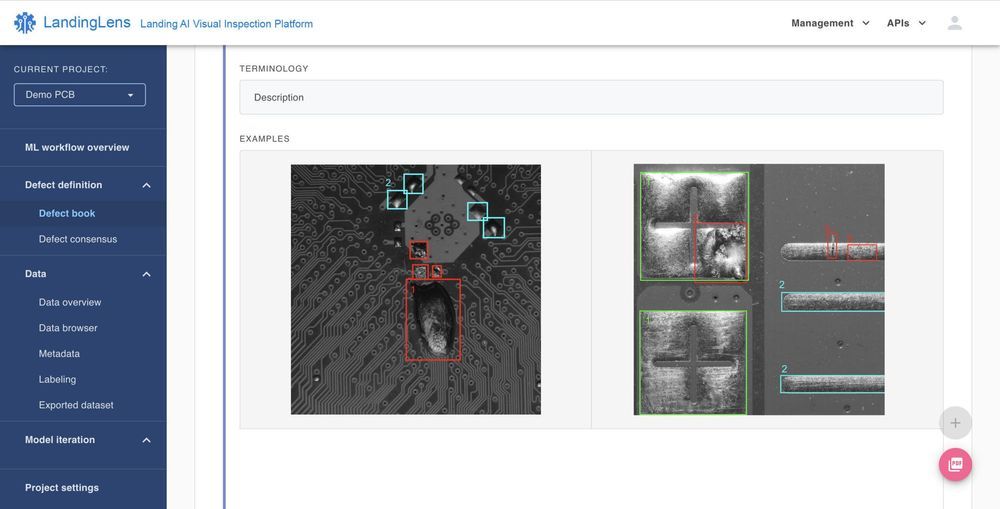I think some people would be excited. 😃
Tesla’s Full Self-Driving suite is poised for a wide-release by the end of 2020 to all drivers who purchased the capability, Elon Musk said, during its Q3 Earnings Call.
“We’re starting very slow and very cautiously because the world is a very complex and messy place,” Musk said when talking about the Beta rollout of the FSD suite to a minimal group of people, which began late Tuesday night. “We put it out there last night, and then we’ll see how it goes, and then probably release it to more people this weekend or early next week. Then gradually step it up until we hopefully have a wide-release by the end of this year.”
On October 8th, Musk stated that the latest build of the FSD software would be capable of “zero-intervention drives. Will release limited beta in a few weeks.”
